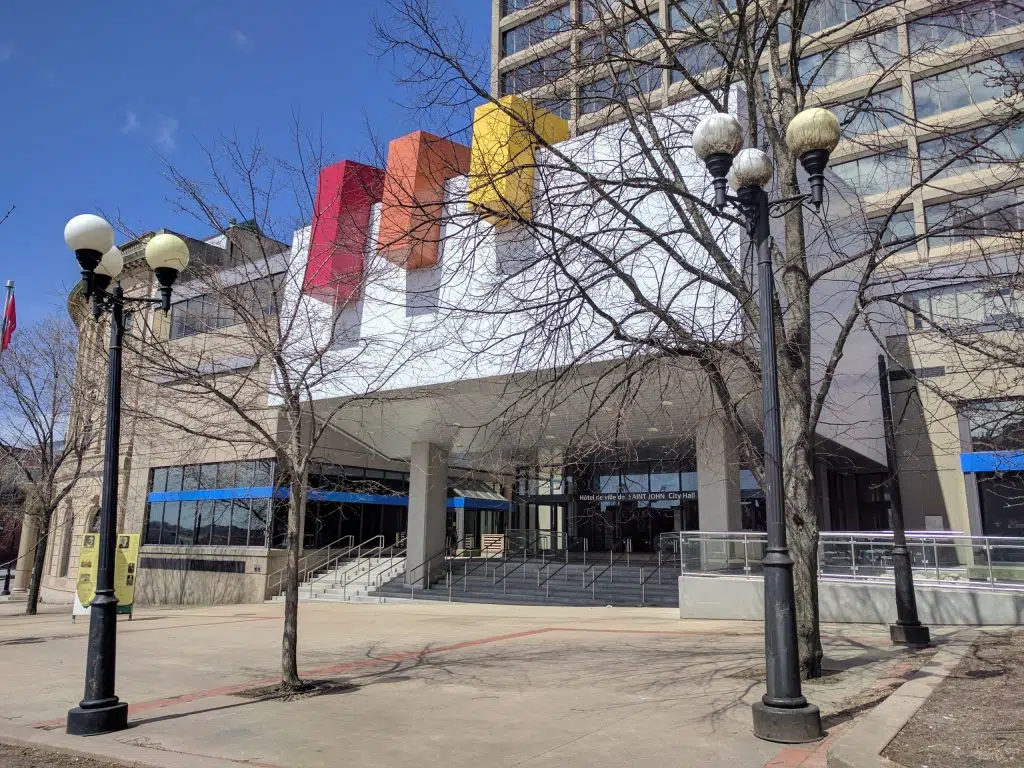Saint John councillors are seeking more flexibility to set tax rates for non-residential and heavy industrial properties.
On Monday, council voted to send a letter to Local Government Minister Daniel Allain outlining their concerns.
Until last year, municipalities had no choice but to set the non-residential tax rate at 1.5 times the residential rate.
But new legislation now allows communities to set the non-residential rate between 1.4 and 1.7 times the residential rate. It also gives them the flexibility to set a separate rate for heavy industry.
Coun. Gary Sullivan, who chairs the city’s finance committee, applauded those changes but said they need more wiggle room from the province.
“It is as simple as to take the 1.4 and the 1.7 off the ends,” said Sullivan. “Please take the goalposts off. Trust us to do what’s fair for our residents.”
As part of last year’s changes, New Brunswick cut the provincial property tax rate on non-residential properties by 15 per cent so municipalities would have more tax room.
Based on Saint John’s 2023 tax base, the city said it should have been able to collect an additional $6.7 million.
However, city staff said they were only able to recover about 60 per cent of it, even though they maxed out the multiplier at 1.7.
Based on the city’s residential tax rate of $1.62, staff said they would need a multiplier of 1.787 to enter 100 per cent of the tax room vacated by the province. But they are not permitted to do that under current legislation.
Sullivan said residential assessments increased more than 12 per cent year over year while non-residential assessments increased by just three per cent.
Despite decreasing the city’s tax rate by nine cents and moving the slider to its maximum, he said non-residential and heavy industrial landowners still paid a combined $3 million less in taxes.
You can view the full staff report to council by clicking here.





